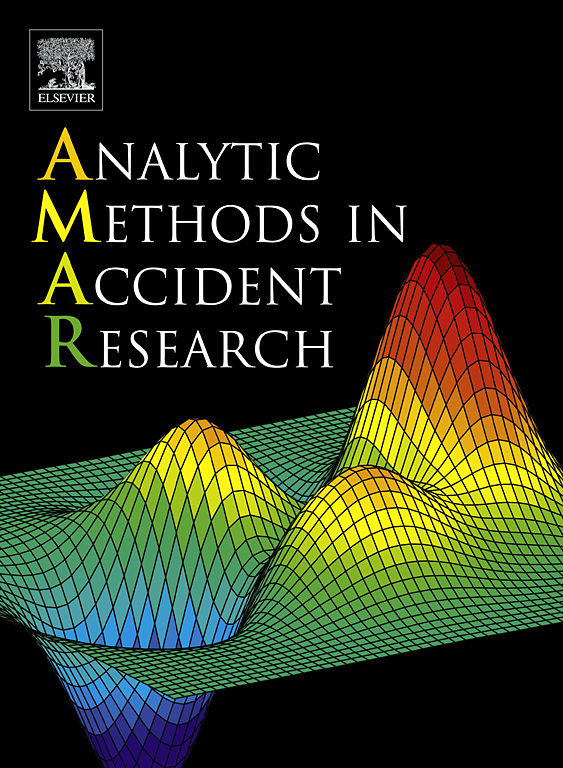A systematic unified approach for addressing temporal instability in road safety analysis
Abstract
Multivariate models are widely employed for crash frequency analysis in traffic safety literature. In the context of analyzing data for multiple instances (such as years), it becomes essential to evaluate the stability of parameters over time. The current research proposes a novel approach, labelled the mixed spline indicator pooled model, that offers significant enhancement relative to current approaches employed for capturing temporal instability. The proposed approach entails carefully creating independent variables that allow us to measure parameter slope changes over time and can be easily integrated into existing methodological frameworks. The current research effort compares four multivariate model systems: year specific negative binomial model, year indicator pooled model, spline indicator pooled model, and mixed spline indicator pooled model. The model performance is compared using log-likelihood and Bayesian Information Criterion. The empirical analysis is conducted using the Traffic Analysis Zone (TAZ) level crash severity records from Central Florida for the years from 2011 to 2019. The comparison results indicate that the proposed mixed spline indicator pooled model outperforms the other models providing superior data fit while optimizing the number of parameters. The proposed mixed spline model can allow a piece-wise linear functional form for the parameter and is suitable to forecast crashes for future years as illustrated in our predictive performance analysis.

 求助内容:
求助内容: 应助结果提醒方式:
应助结果提醒方式:


